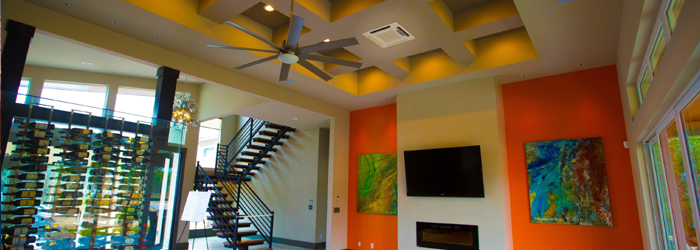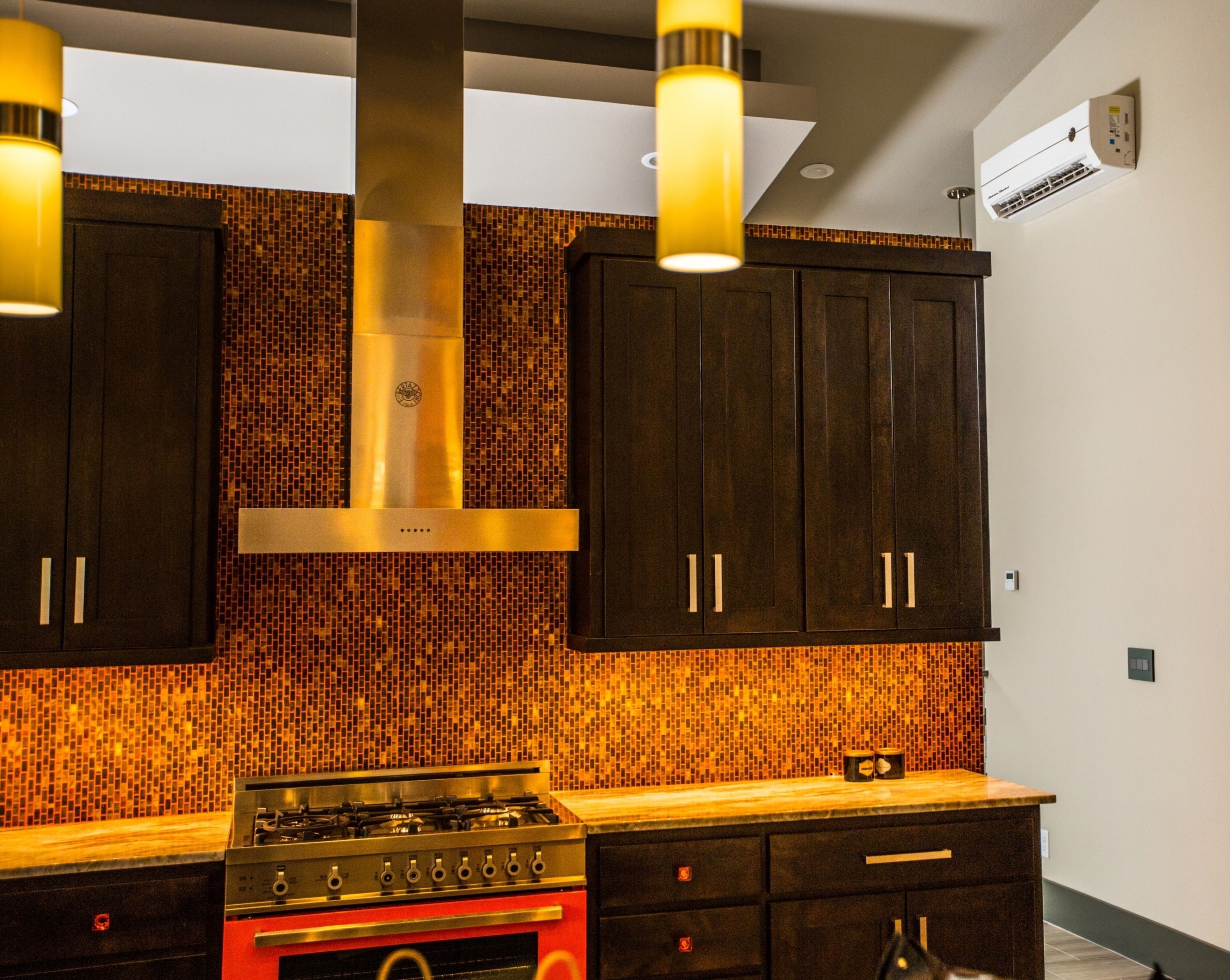What is a mini-split and what are the benefits?
 12 May 2016
12 May 2016 

Ever heard of a “mini-split”? It’s a special kind of ductless air conditioner that’s growing in popularity and is very efficient and cheap to run, compared to traditional air conditioners or evaporative coolers. These mini devices can also be heat pumps in winter.
In Arizona, they’re usually bought to use in one room – like a west-facing bedroom that always seems hot or a garage or workshop not hooked up to central air or a room you’re adding on your house.
In our special climate, where we’re all obsessed with air conditioning and its costs, more mini-splits sell all the time, though they’re not exactly cheap. They can cost from $3,000 to $7,000 per unit. The price varies based on the size of the room, electrical connections and where you put the condenser for the mini-split.
Globally, the heating and air conditioning industry predicts the market for mini-splits will grow to more than $9 billion by 2020. In fact, they’re used quite often in places like Europe and Asia where homes are smaller.
Doing a whole house is too costly for most homeowners, says Jeff Carmichael of REEis Home Performance and Air Conditioning in Phoenix. Installing a complete system in an older home could cost $20,000 or more. But doing it in one room might work for you, too.
What do they look like?
The units are small; that’s why they call them “mini.” For a typical one-room unit, the indoor equipment or air handler -- can be a yard wide by a foot tall and 7-10 inches deep. Will that mess with your decorating style? A little bit, but so can HVAC air intakes and vents.
A typical outdoor condenser is about a yard wide by a yard tall and a foot deep. The indoor unit is
usually placed on the ceiling or the top of a wall and is hooked up to the outdoor unit by a conduit running through a 3-inch hole in the wall and can go directly outdoors or run through an attic to the outdoor unit. (A split AC system is one with outdoor and indoor units, by the way.)
How do they work?
You can control the unit with a remote or a thermostat; some systems can even detect when people are in a room and will automatically adjust the temperature. Just as with a whole house air conditioner, a mini-split takes heat from the house and transfers it outside. The indoor unit and the outdoor condenser do that via refrigerant pumped between the two units, according to Andrew Dobbins at Intelligent Design Air Conditioning and Heating in Tucson and Phoenix. As we said, your outdoor condenser can work for three or four indoor units.
Why are they more efficient?
 Mini-splits don’t need air ducts like most Arizona homes do to carry heated and cooled air throughout our homes. In the typical home in Southern and Central Arizona, those ducts can leak and lose 30 percent or more of your heated or cooled air, particularly if your ducts are in an attic.
Mini-splits don’t need air ducts like most Arizona homes do to carry heated and cooled air throughout our homes. In the typical home in Southern and Central Arizona, those ducts can leak and lose 30 percent or more of your heated or cooled air, particularly if your ducts are in an attic.
The Energy Departments’ SEER (Seasonal Energy Efficiency Ratio) rating system usually ranks the best air conditioners at about 16 to 18 in terms of how efficiently they use electricity. But makers of mini-splits claim their systems can have ratings of 20 to 30 or more. Controlling the temperature in one room only is always more efficient.
The better the rating, of course, the less your electric bill. I can attest to that because I recently installed one in a garage used by my dogs in summer; my power bills have dropped dramatically from what it cost to run my evaporative cooler in the garage. I’m saving $125 a month.
Aren’t mini-splits just like those old style window air conditioners or the units you see in motels and hotels?
No, mini-splits are much quieter and far more efficient.
What’s the future like?
Manufacturers are working on ways to hook up several indoor units to a single outdoor unit and predict that they will be able to lower costs on whole house mini-splits. But local air conditioning firms are less optimistic about prices dropping soon.
Any drawbacks?
If air quality is important to you, then you will have to have supplemental air filtration. That’s because there are only very small filters on the mini-splits to take the dust out of the air.
###
Photo Credit: American Standard Heating & Air Conditioning
Top Photo: Ceiling mounted mini-split
Second photo: The white box up high on the wall is a mini-split air conditioner that can help cool down a kitchen.
Print this page
recent post
- Duck, Duck, Duct! How Often Should Ductwork Be Cleaned?
- Vinyl vs. Fiberglass Windows: Which Is The Better Choice Of Replacement Window?
- We May Be The Grand Canyon State, But The Rocky Mountains Are Important For Arizona
- Welcome to Arizona! Things A Newbie to Arizona Should Know
- The Pros & Cons of Buying A Flipped House
- Getting In On The Ground Floor
- Why It’s More Critical Than Ever To Get Your AC Serviced Before Summer
- The Reality of Remodeling
- What To Look For When Comparing Your Roofing Quotes
- What To Expect When Buying New Windows & Doors
